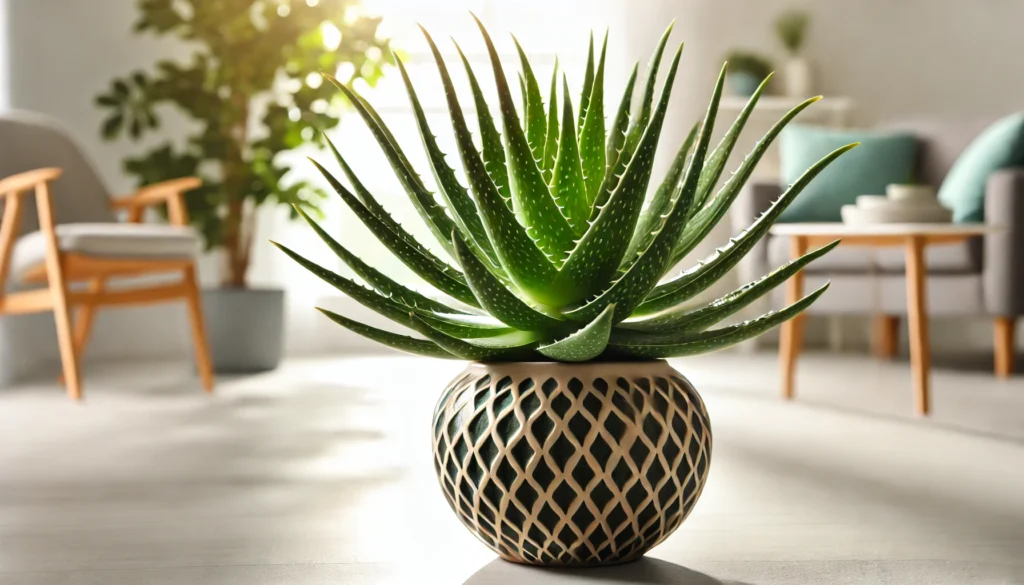
Tarragon, formally known as Artemisia dracunculus, is a perennial herb renowned for its aromatic, slightly licorice-like flavor. This hardy herb can grow up to 3 feet tall and is characterized by its slender, green leaves and small, yellowish-green flowers. Tarragon is a favorite in French cuisine, often used in sauces, salads, and as a seasoning for meats.
History and Ideal Growing Conditions
Tarragon has a rich history, with its origins tracing back to Eurasia. It has been used for centuries for both culinary and medicinal purposes. The ancient Greeks and Romans valued tarragon for its ability to stimulate appetite and aid digestion. Today, it is a staple in French cooking, often referred to as one of the four “”fines herbes.””
Tarragon thrives in well-drained soil and prefers a sunny location, although it can tolerate partial shade. It grows best in temperate climates, with ideal temperatures ranging from 60-75°F (15-24°C). Plant tarragon in the spring, after the last frost, to give it the best start.
Tarragon and Pet Safety
Tarragon is generally safe for pets in small amounts. However, large quantities can be harmful, especially to dogs and cats. Tarragon contains estragole and anethole, compounds that can be toxic in high doses. It’s best to keep pets away from the plant to avoid any potential issues.
Best Practices for Caring for Tarragon
Caring for tarragon involves providing the right conditions and regular maintenance to keep the plant healthy and productive.
Watering and Humidity
Tarragon prefers moderate watering. Ensure the soil remains moist but not waterlogged. During dry periods, water the plant more frequently, but be cautious of overwatering. Tarragon doesn’t require high humidity and can tolerate dry conditions fairly well.
Soil, Light, and Temperature
Plant tarragon in well-drained, sandy or loamy soil with a pH between 6.5 and 7.5. It thrives in full sun but can handle partial shade, especially in hotter climates. Tarragon grows best in temperatures between 60-75°F (15-24°C). It can tolerate colder temperatures but may die back in harsh winters, regrowing in the spring.
Common Problems and Remedies
Tarragon is relatively hardy but can face a few common problems. One issue is root rot, caused by overwatering or poorly drained soil. To prevent this, ensure good drainage and avoid excessive watering.
Pests such as aphids and spider mites can occasionally infest tarragon. Regular inspection and natural predators like ladybugs can help manage these pests. If necessary, use insecticidal soap to control severe infestations.
Fungal diseases like powdery mildew can affect tarragon, particularly in humid conditions. Promote good air circulation and avoid overhead watering to minimize the risk.
Propagation and Benefits
Tarragon is typically propagated through cuttings or root division rather than seeds, as it seldom produces viable seeds. To propagate, take 4-6 inch cuttings from a healthy plant and root them in water or a moist growing medium. Alternatively, divide the roots of an established plant in early spring or late fall.
Tarragon offers numerous benefits. Its leaves are rich in vitamins and minerals, and it has been used traditionally to aid digestion, stimulate appetite, and relieve minor pain. In the kitchen, tarragon adds a unique flavor to a variety of dishes, making it a versatile herb for culinary enthusiasts.
Final Thoughts
Tarragon is a flavorful and hardy herb that can enhance your culinary creations and offer several health benefits. With the right care and growing conditions, it is a rewarding addition to any herb garden. Whether you’re a seasoned gardener or just starting, tarragon’s relatively low maintenance needs make it an excellent choice. Enjoy the delightful taste and aroma of tarragon, and explore the many ways it can elevate your dishes and well-being.
Stay connected with the world of plants! Subscribe to Phylofy for expert gardening tips, DIY projects, and eco-friendly inspiration. Join our community and nurture your love for nature. Don’t miss exclusive content and updates. Subscribe now!



